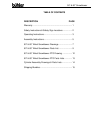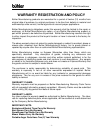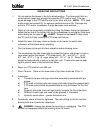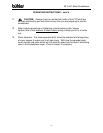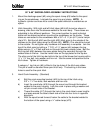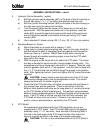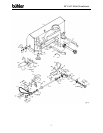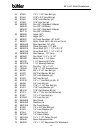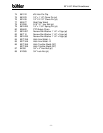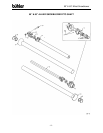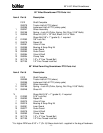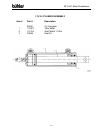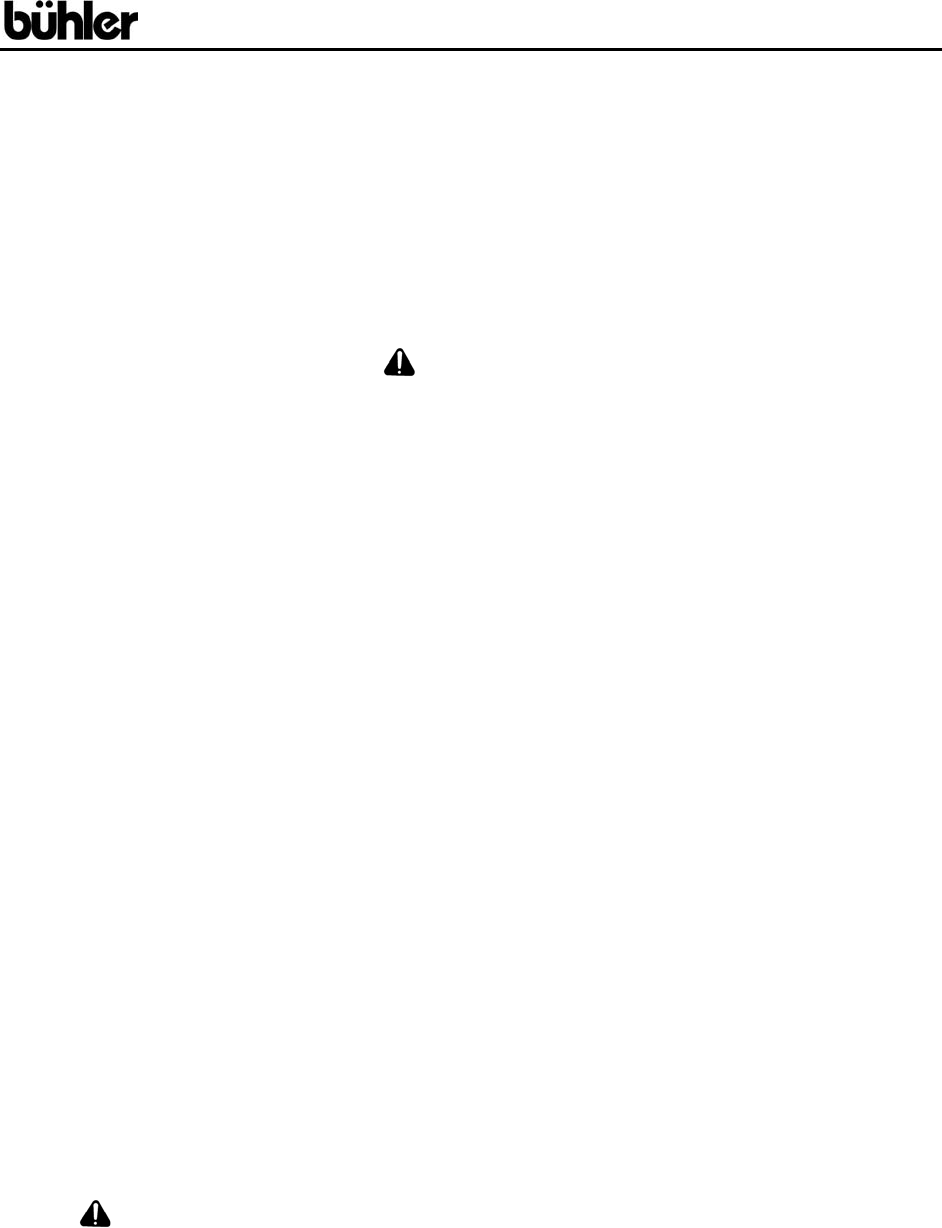
50” & 60” Allied Snowblower
- 3 -
OPERATING INSTRUCTIONS
1. Do not operate the blower in the fully raised position. The three-point hitch on
some tractors raises high enough to cause the PTO shaft to bind. This can
cause damage to the PTO shaft and/or to the hitch and pins. NOTE: PTO shaft
angle should not exceed 20° for optimum performance and life. Damage may
occur to PTO and/or snowblower if angle becomes more extreme.
2. Depth of cut can be partially controlled by tilting the blower forward or backward.
Adjust the top link of the tractor hitch so the snowblower is just slightly tilted back
when resting on the ground. ALERT: Excessive backward tilt may cause
the “U” joints to flutter resulting in PTO shear bolt failure.
3. Adjust the lower link sway chains or blocks on the tractor to restrict side
movement of the blower when operating
4. Run the blower at low rpm to check operation before blowing snow.
5. The snowblower has two shear bolts to protect the tractor and blower in case a
large object enters the blower. PTO shear bolts – 50” - one 3/8" x 1" (gr.8),
60” - two - 5/16" x 1" (gr. 8), auger shear bolt - 1/4" x 1" (gr. 2). Shear bolts
should be fastened with a lock nut or two jam nuts. These bolts must be kept
tight to prevent wear of the bolt and bolt holes.
6. Never run PTO shaft at over 600 rpm.
7. Chain Tension: Slack on the lower side of the chain should be 3/8 to ½”.
8. Lubrication:
a) The spout clamps and rings should be periodically lubricated with gun
grease.
b) PTO shaft universal joints and square shaft slide should be greased daily.
c) PTO shear yoke should be greased before using the blower for the first
time.
d) Regularly oiling the chain will significantly increase the life of the chain.
e) Gearbox is open type and need not be greased or lubricated.
f) Hydraulic spout option – grease the swivel arm.
9. Periodically check all bolts for tightness. The bolt holding on the fan and the
bearing bolts are of particular importance.
10. DANGER: Always stop blower for servicing or unplugging. The PTO
should be disengaged before dismounting from the tractor.



